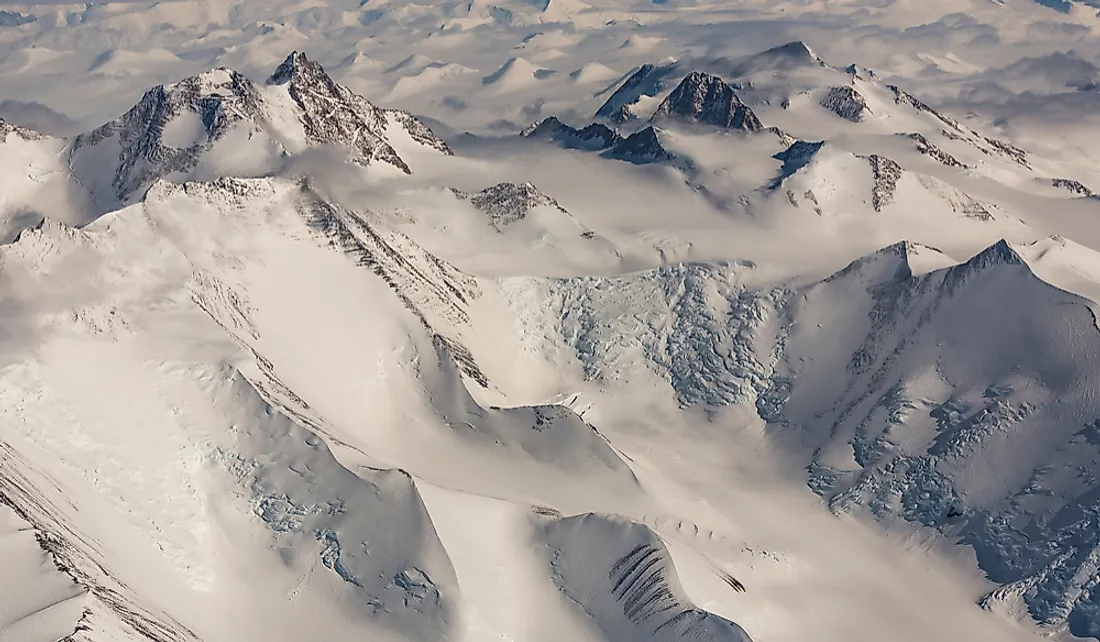Where Are The Transantarctic Mountains?

The Transantarctic Mountains (TAM) are a series of mountains that extend across the continent of Antarctica, from Cape Adare, which is located in the region of Victoria Land, to Coats Land. The mountains divide East and West Antarctica, and consist of a series of groups of mountains that are further sub-divided into smaller ranges. The Transantarctic Mountains were first discovered by British explorer James Clark Ross in 1841, and later first crossed by the British National Antarctic Expedition, which occurred between 1901 and 1904.
Geography
The Transantarctic Mountains span the entire width of Antarctica, from the Weddell Sea to the Ross Sea. Its entire course is about 2,200 miles in length, making it one of the longest mountain ranges on Earth. The East Antarctic Ice Sheet flanks the eastern portion of the mountains, while the Ross Sea, West Antarctic Ice Sheet, and the Ross Ice Shelf bound the western portion. The dry valleys and summits of the mountains are some of the few places in the continent that not covered by ice. Mount Kirkpatrick is the highest peak in the range, with an elevation of 14,856 feet.
Geology
The Transantarctic Mountains are mainly volcanic and are considerably older compared to other mountain ranges in Antarctica. The mountains were created approximately 65 million years ago during the formation of the West Antarctic Rift, and consist of layers of sedimentary rocks that sit on a basement of gneisses and granites. Melting ice sheets flow across the mountains through a series of outlet glaciers into the Ross Ice Shelf and the Ross Sea. These glaciers flow perpendicular to the range and divide the sub-ranges and groups of peaks.
Exploration
British Naval Captain James Clark Ross first observed the Transantarctic Mountain Range during his exploration of the Ross Sea in 1841. The mountains were first crossed by British National Antarctic Expedition (1901-1904), during the exploration of the Ross Ice Shelf, which occurred between 1902 and 1904. However, much of the mountain range remained unexplored until the 1940s and 1950s, when missions such as the International Geophysical Year (IGY) and Operation Highjump conducted aerial photography and studied the continent. American geologist Warren B. Hamilton, in his 1960 research paper, was the first to refer to the range as the "Transantarctic Mountains." The Advisory Committee on Antarctic Names (US-ACAN) later recommended the name, and it has become internationally accepted.
Flora and Fauna
Only resilient organisms survive in the freezing temperatures of Antarctica. Seals, sea birds and penguins inhabit the coast of the Ross Sea, in Victoria Land, while the interior ranges are inhabited by fungi, algae, lichens, and bacteria. There are no trees in the mountain range, but researchers believe that trees existed before the break-up of the Gondwana supercontinent, which occurred roughly 180 million years ago.











